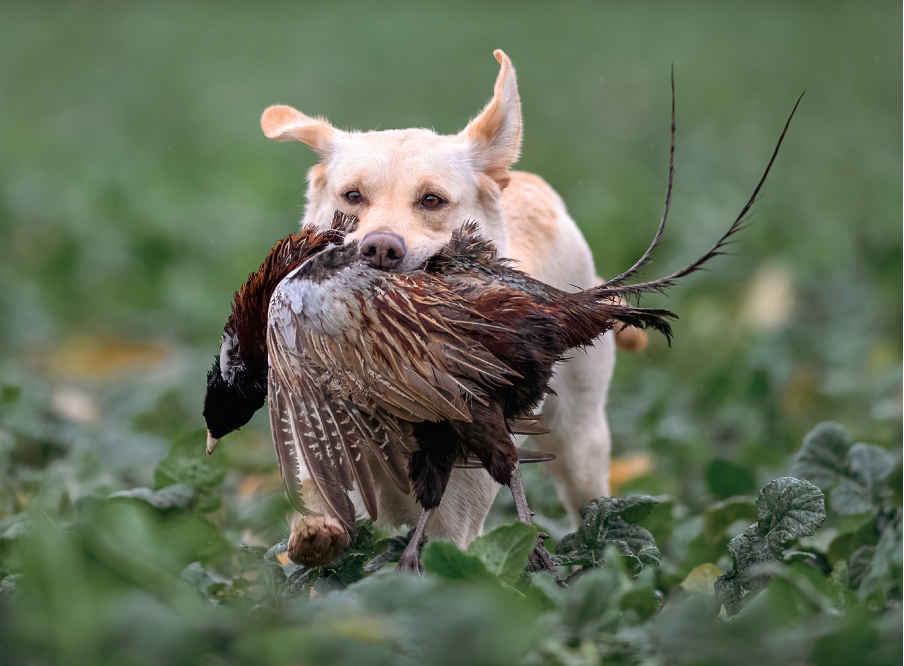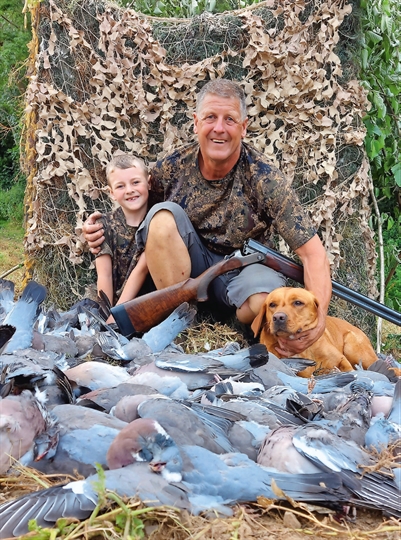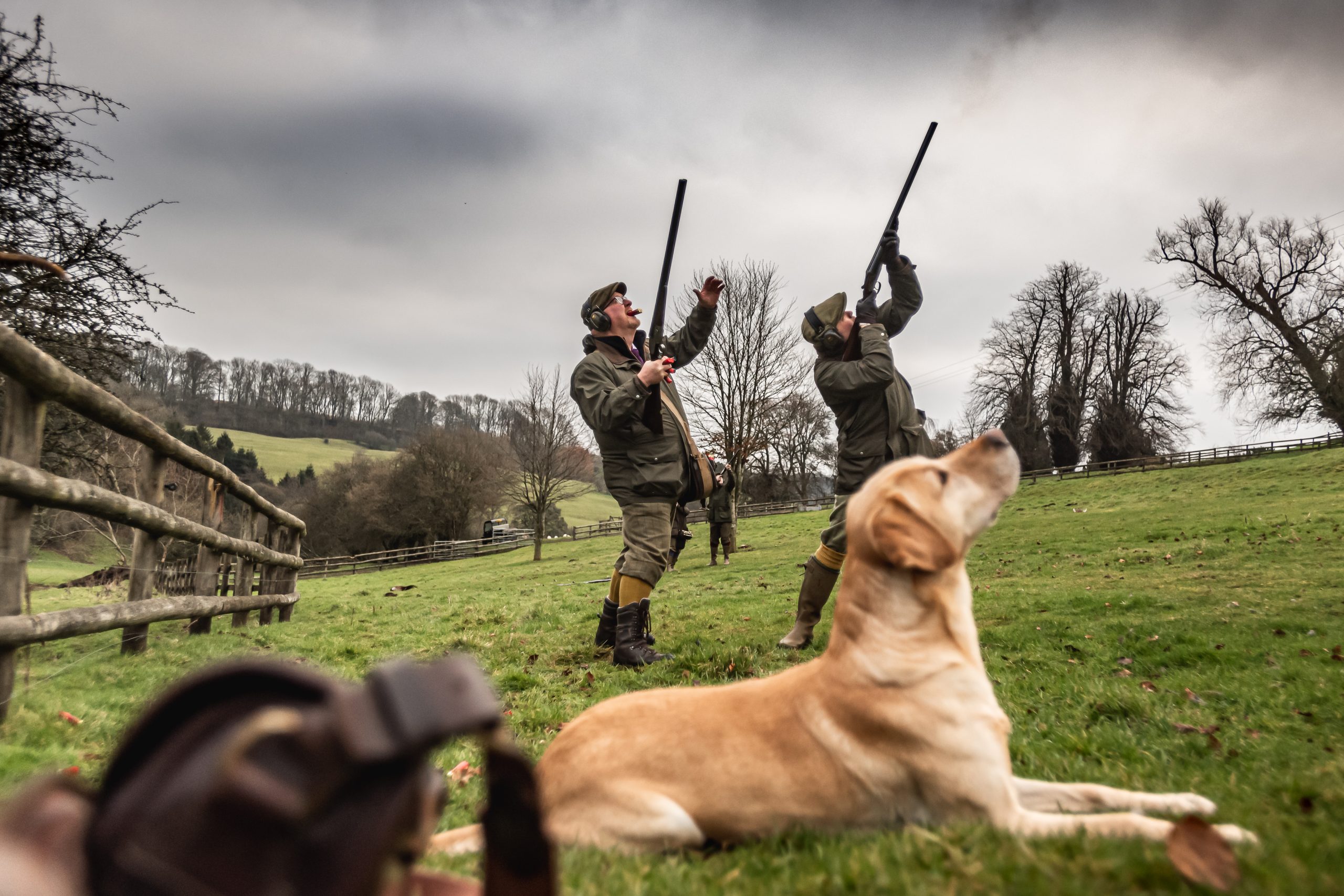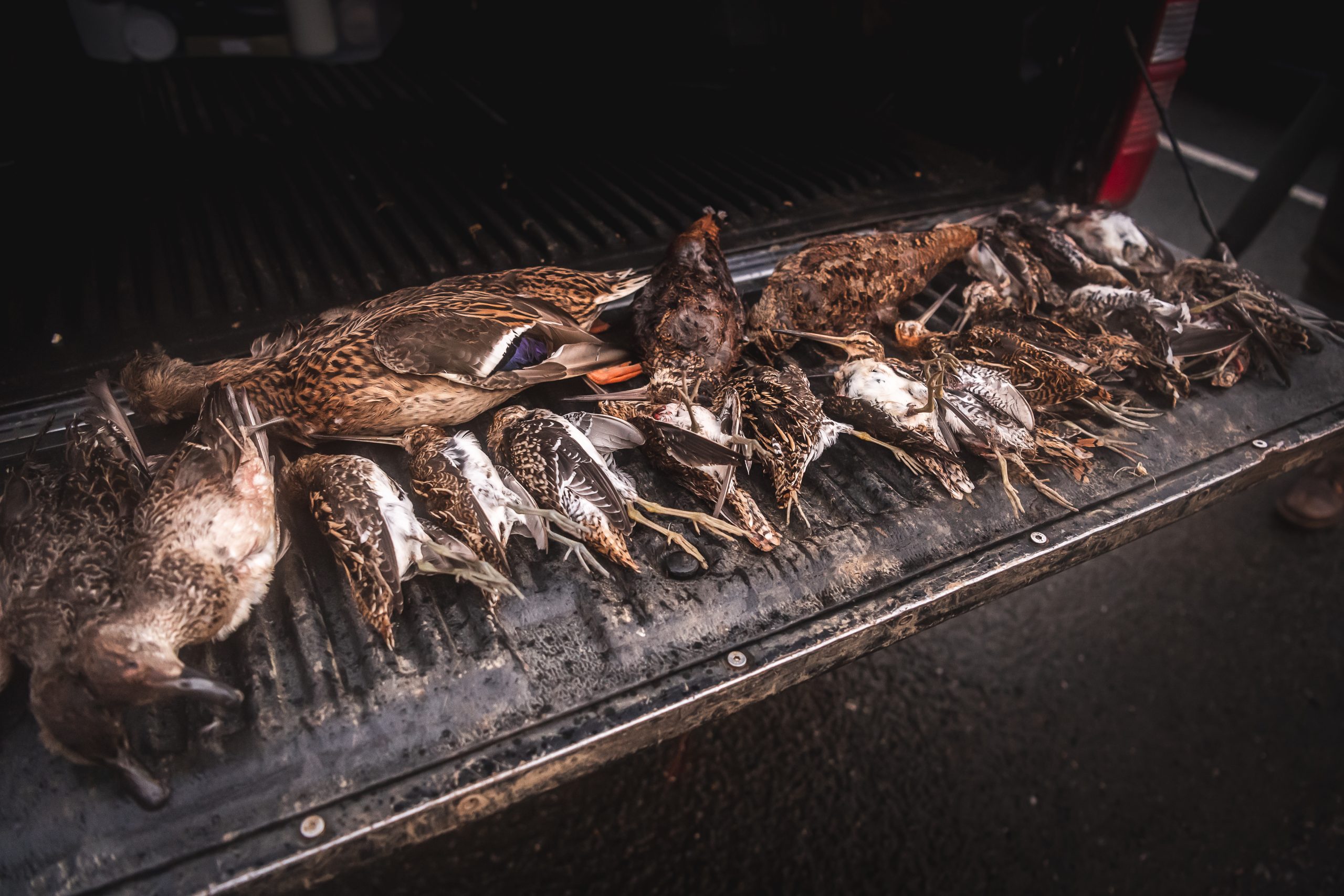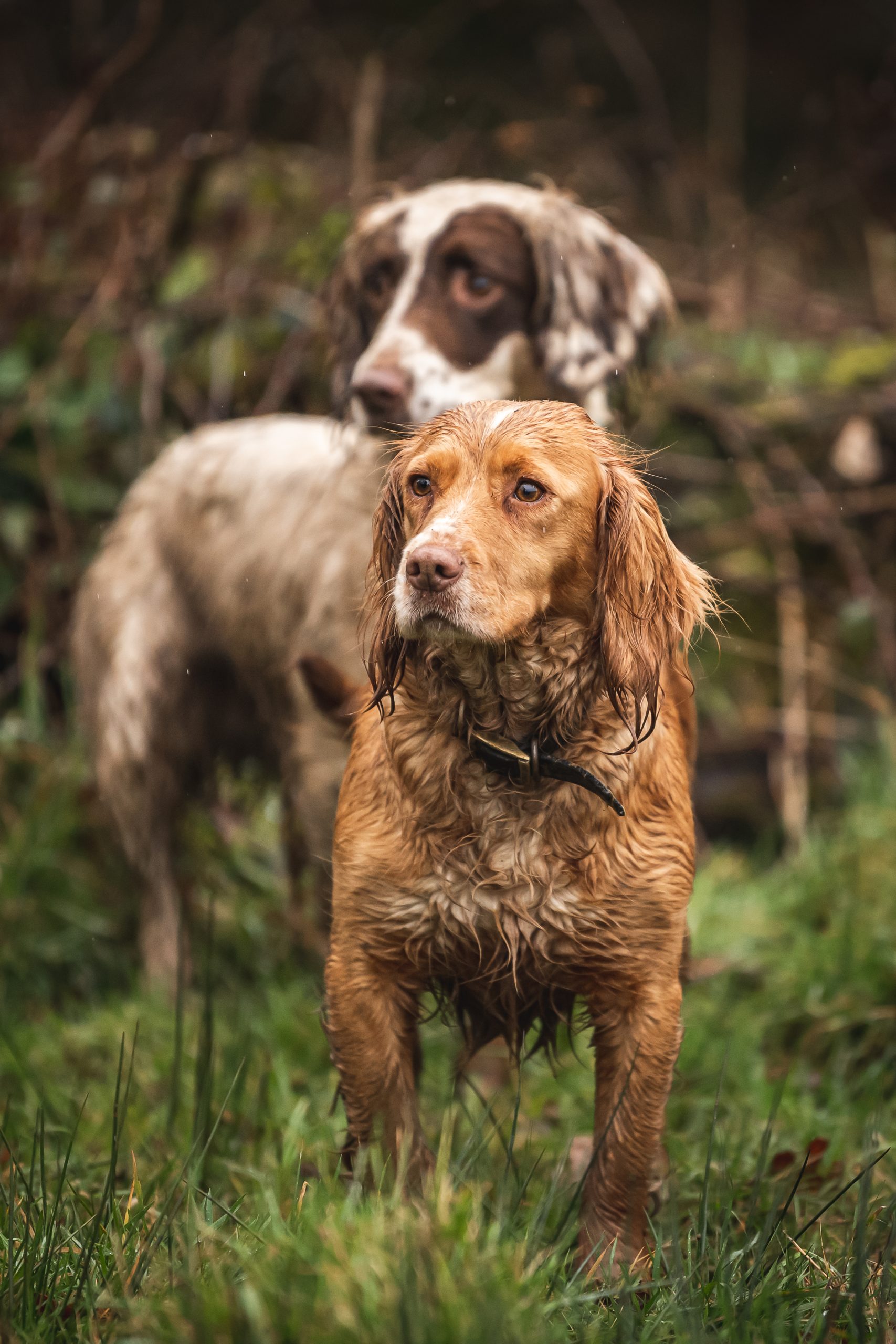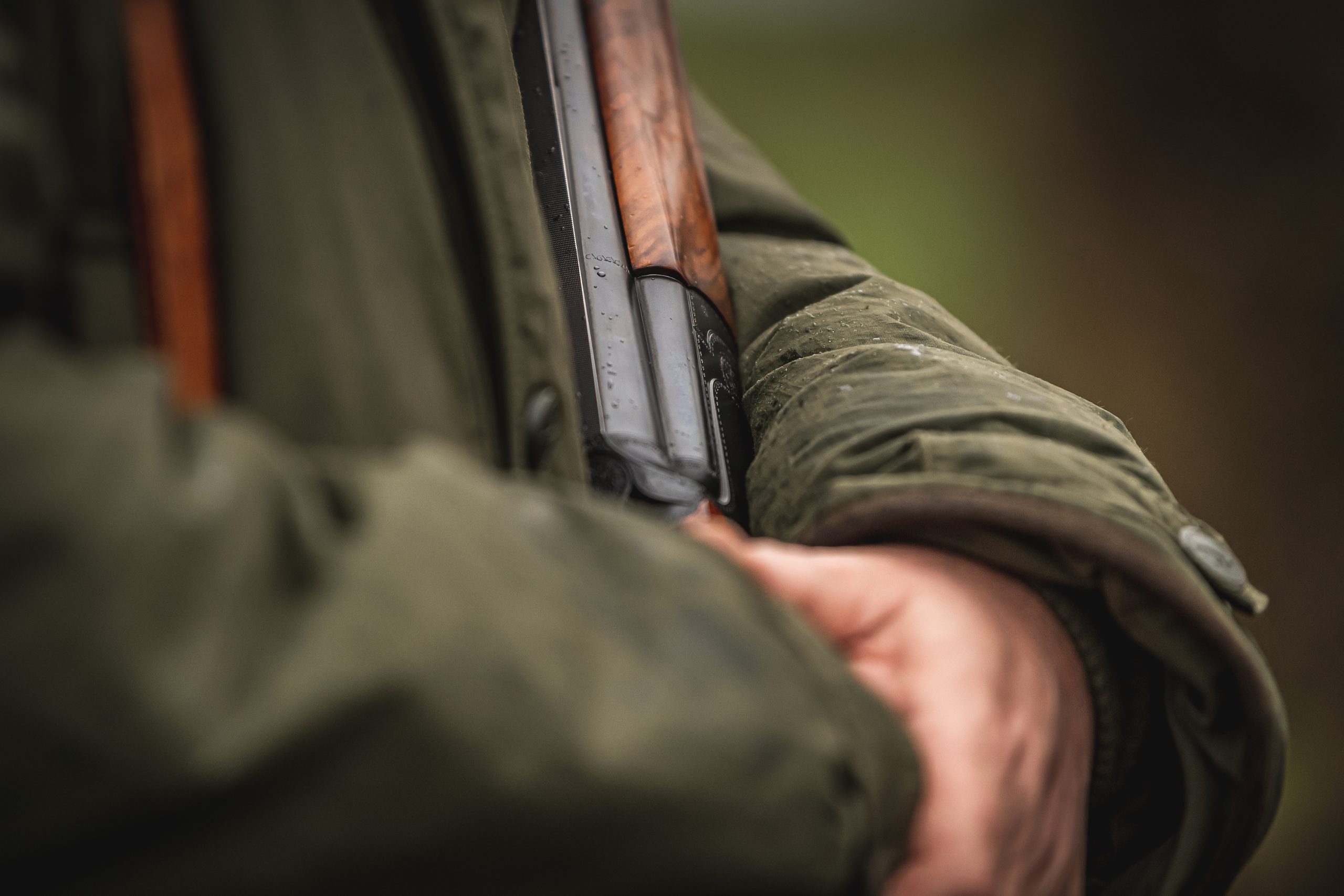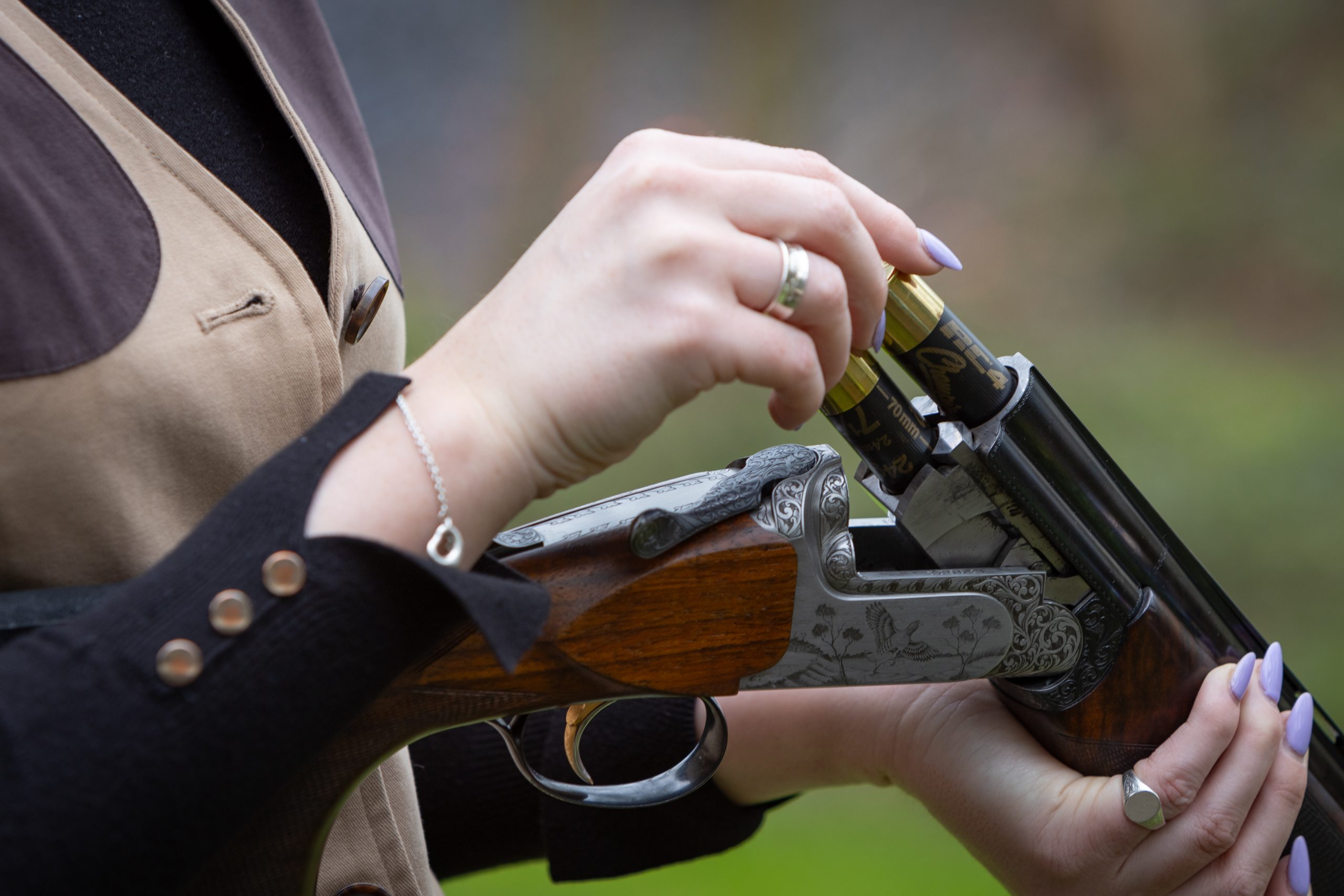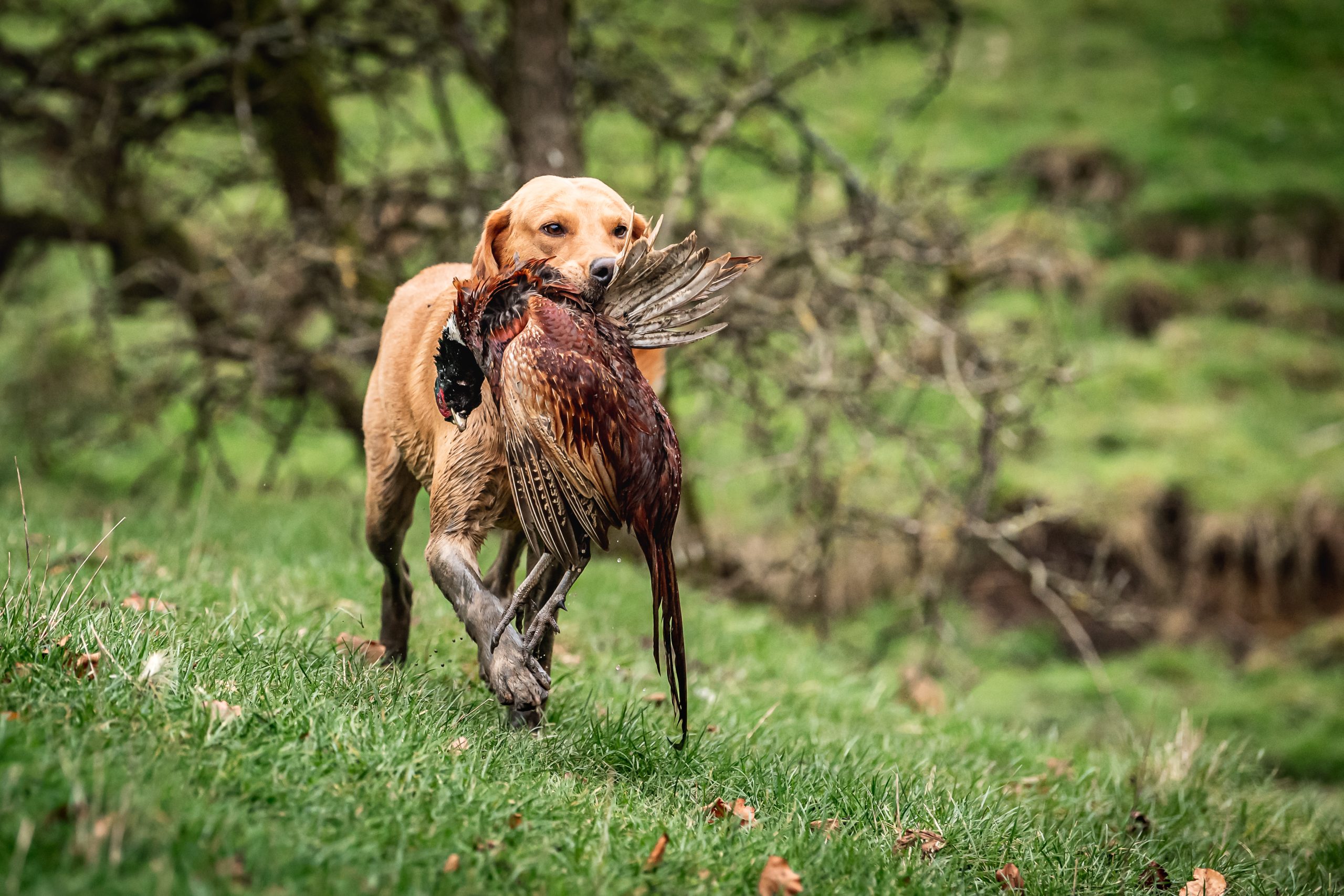Shooting
What is practical shotgun & how do I get involved?
Would you like to appear on our site? We offer sponsored articles and advertising to put you in front of our readers. Find out more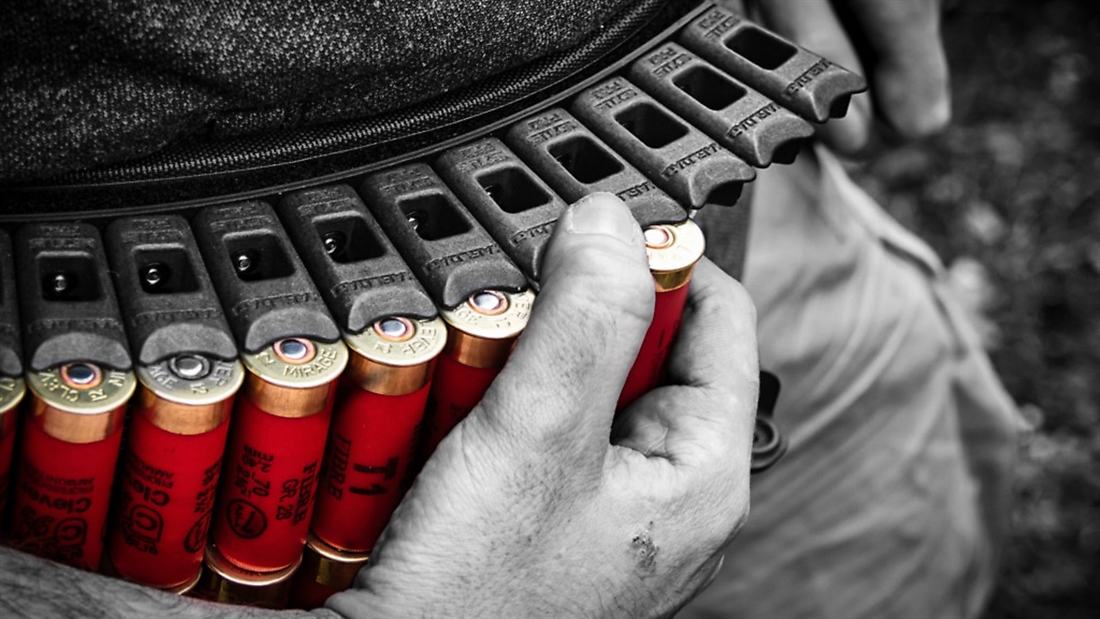
Paul Austin explores a brand of shooting breathing new life into the shotgun scene – find out what practical shotgun is, what kit you need & where you can do it!
As a general rule, I work on the Groucho Marx principle, in that I generally refuse to join any club that’s willing to have me as a member. I’m not antisocial; it’s just that I find the ‘cliqueyness’ of clubs mildly irritating. However, after a year of rave reviews and excited conversations from a group of friends (regarding the newly-found love of their shooting lives), it seems that joining the club was the only way to go.
I’ll be honest, my initial introduction to practical shotgun took some organising. The committee members were initially a little sceptical about allowing a journalist into their midst. Like many shooting clubs, there’s an understandable hesitance regarding press coverage, but after some reassurance that this would not be a lefty hatchet job on their beloved sport, the date was set. Not long after, yours truly joined a Covid-aware convoy of vehicles en route to my first ever practical shotgun event at the South West Lancs Pistol Club (SWLPC).
I’ll be honest, I’ve been intrigued by practical shotgun for quite some time. It’s a relatively new branch of shooting that’s really taken off across the pond, and is now doing the same in the UK and Europe. Shooting against the clock, with all manner of weird obstacles and improvised shooting positions, plus an array of targets to be hit or avoided, it’s very different from popping 50 clays on a Sunday afternoon down at your local clay ground. It’s fun, exciting and fast-paced, and I’ll be honest, I think I’m already hooked.
Rednecks or nerds?
On my initial visit, I was just a bystander documenting the day, and my initial reservations about a cool reception and a cliquey club mentality were soon put to the sword. I admit it, I went in with a few preconceptions; with all the specialised gear and gadgets, I suspected it could be a bit nerdy, or worse, they’d be interested in nothing more than blasting everything in sight.
I would be accompanying a group of five shooters as they tried their hands over a series of three ranges that provided the course for the day’s competition. After a couple of minutes’ conversation prior to the first stage, it became clear my preconceptions were misplaced; these were just nice, friendly, normal guys, passionate about their sport, certainly, but far from nerdy gun nuts. In fact, their openness and enthusiasm dispelled my initial fears of that ‘who the hell is that guy’ vibe that all too often does such an excellent job of putting off newcomers to the shooting sports.
Setting the stage
The competition itself kicks off with a briefing from the RO (range officer) as the running order and rules for the day’s event is outlined. This was a club comp with three groups formed, each group cycling through the three stages that had been set by senior members the day before, with the targets being a mixture of steel and clays dotted around each stage.
Once the shooting parties were established, each group makes their way to their initial stage. At this point, the RO goes over the rules for that stage and the number of hits needed to complete it. The first shooter is then given a chance to briefly survey the stage to locate the targets, a process which can be repeated by subsequent shooters if they feel the need.
When ready, the shooter moves forward, loads the shotgun under the supervision of the RO, then settles themselves in the starting position. The RO runs through a few final safety checks and if all’s well, the word is given, the timer starts, and you’re off!
There’s no set path in terms of the shooting sequence; it’s entirely down to the shooter. You may be able to traverse the whole width of the range to achieve suitable shooting positions over or between barriers. On others, you could be required to shoot from predefined boxes or fixed positions.
Some stages are split into two with half the targets engaged from one location before moving forward to a second location. With typically 11 or more targets in each stage, reloading en route is a must – even for the high-capacity Section 1 shooters.
There are no real hard and fast rules, other than those relating to safety. The range officer is on your shoulder constantly, and any infraction means instant disqualification from that stage. The gun must be pointing downrange at all times, and the muzzle must not be lifted above horizontal. The RO may issue a warning if he or she suspects you may be coming close to an infringement, but any mistakes and you’re out.
With the run complete, the shooter returns to the starting position, the gun is unloaded and inspected as ‘safe’ by the RO. Points are given for targets hit and time taken, while penalty target hits are deducted, and the overall score combined to determine your performance. At this point, everyone heads downrange to reset the targets, and the next shooter steps up.
The only limitation is the creativity of the course designer. As you can see in the picture below, one stage required the shooters to hit six targets from a chair before moving forward to complete the stage at a second barricade. It’s great fun and a real breath of fresh air.
A previous comp included a stage that required one foot in an old car tyre for the entire stage. Accuracy also plays its part – it’s not all about running and gunning. With course designers able to add red penalty targets into the mix, clip one of those and points are deducted. It’s great fun, but it’s also a real challenge.
One thing I was particularly impressed with is the inclusive nature of the sport. The serious shots employ every gadget and gizmo available to enhance their performance, but the competition is class-based, so you can still compete with even the most rudimentary kit. One of my shooting buddies completed his first comp with his over-and-under clay gun.
Each shooting party can, therefore, consist of a really mixed bag, with over-and-unders, pump actions, standard semis and Section 1 9+1 semi-autos (or more, depending on the length of tube) happily competing together. Anything goes really, including extended banana mags and red dot/reflex sights, which are also perfectly acceptable. Each modification determines which class you’ll be competing in. So, you don’t have to remortgage the house to get involved; although it’s a class-based system, it’s a class-free environment, allowing anyone to get involved.
Variety is…
It’s not all about practical shotgun, by any means. The club offers a whole host of regular competitions including: practical rifle and two-gun comps, where both shotguns and semi-auto .22s are employed; western-style events with hammer-gun-style side-by-sides combining with cap-and-ball revolvers; double-tap events for the semi-autos; and long-barrelled pistol comps. It’s a real mixed bag, so there’s absolutely no chance of running out of challenges. They even throw in the occasional clay pigeon event for the traditionalists.
As a rifle shooter by trade, the two-gun and double-tap comps have real appeal, but the fun doesn’t stop there, as the club also has access to the long-range shooting facilities at Altcar, with shoots taking place every first and third Sunday of the month. Stretching out to 600 yards, it’s perfect for the long-gun fans like myself.
Getting involved
Not surprisingly with so much on offer, there’s a waiting list, and you certainly can’t just rock up and have a bash. SWLPC take safety and security extremely seriously, so there’s a three-month probationary period for all new members. But once you’ve signed up for a single fee of £150, you’re good to go and can use the facilities whenever you like at no extra cost. The only proviso is that you attend with one other full member.
Obviously, the terms and conditions listed above relate specifically to SWLPC, but I’d expect a very similar approach across the UK. If you want to find a club near you, the best place to start is with a visit to the UKPSA website (www.ukpsa.co.uk). Here, you’ll find almost 50 clubs scattered across the UK that offer practical shotgun and two-gun events alongside loads of tips and practical advice.
SWLPC have very kindly offered me the opportunity to compete in their next event as a guest, once the Covid-19 chaos finally subsides. So, I’ll be back to report in Sporting Shooter on exactly what it’s like to actually compete. I’m reliably informed that it’s a hell of a lot harder than is looks when you’re front and centre, and the clock is ticking!
The kit list
At first glance, a practical shotgun kit may look a little daunting. The serious shooters invariably go down the Section 1 route. This basically requires you to get a full firearms certificate, rather than the traditional Section 2 shotgun license. The section 1 basically allows for an extended tube, with typical off-the-shelf PS guns, offering one in the chamber with nine or more to follow. That can be extended even further with customised guns, sometimes featuring a tube extending well beyond the end of the barrel.
Front runners at the entry level for a serious PS shotgun include the Stoeger M3K and the Mossberg 940 Pro, with the high-end dominated by Beretta with their 1301 Comp Pro and Benelli with their M2 SP. The basic choice is between the inertia action of the M2 SP, with its easier cleaning and maintenance, or the slightly more maintenance-heavy (but blisteringly fast) gas-piston system and enhanced recoil management offered by the 1301 Comp Pro. Both are stunning examples of dedicated PS shotgun design.
All of the above are dedicated PS guns obviously, but they’re by no means one-trick ponies. Although a bit flash, in terms of colour schemes and fixtures and fittings, they do still make for a great keeper’s gun, ideal for general pest control and use around the farm or permission. These guns are built to cycle insanely fast and they’re devastating on the pigeons – or indeed anything else you point them at!
Aside from the fast-cycling, loading speed is also hugely important. Extended loading ports allow shells to be slung into the gun at breakneck speed, which brings us to the next bit of PS-specific kit.
As you can see from the accompanying pictures, weird-looking ammo belts are very de rigueur on the practical-shooting scene. Huge Velcro-covered cummerbunds secure rows of mechanically sprung clamps that keep the ammo close at hand. They’re not an essential for the beginner by any means, but the stacking two-shell clips allow pairs of rounds to be plucked from the belt and slotted into the gun incredibly quickly.
The holy grail of PS loading is the mythical (and incredibly tricky) quad load. This requires four rounds to be grabbed simultaneously from the belt and then slotted into the gun in two quick passes over the loading port. It looks tricky and believe me it is, but once mastered, it can clip a few vital seconds off your overall time. I’ve bought some dummy rounds so I can practise the technique, and trust me, practice is definitely required! For now, yours truly will be sticking strictly to the dual-load approach.
All the extra kit and gizmos are nice, but as stated earlier, they’re certainly not essential. One of the great things about this latest addition to the fieldsports pantheon is that you don’t need anything more than a standard shotgun to get involved. I can’t wait to have my first bash at what is a really exciting shooting challenge.
Practical shotgun kit list
Benelli M2 SP | www.gmk.co.uk | Price: £1,575
Bearetta 1301 CompRo | www.gmk.co.uk | Price: £1,725
Practical Shooting Supplies | www.practicalsportingsupplies.co.uk
Magload velcro practical shotgun PSG belt | Price: £89.99
Nexus Modular Self Adjusting Shotgun Cartridge System | Price: £135.95
Related articles
Game
Shooting
Shotguns
Drenched and disappointed
Constant rain has plagued farmers right across the UK, while pesky pigeons have only added to the misery on Andy Crow’s farm by hammering his precious pea crop.
By Time Well Spent
Get the latest news delivered direct to your door
Subscribe to Sporting Gun
Subscribe to Sporting Gun magazine and immerse yourself in the world of clay, game and rough shooting. As the leading monthly publication for passionate shooters at all levels, Sporting Gun delivers expert advice, practical tips and in-depth reviews to enhance your skills and enjoyment of the sport.
With features ranging from gundog training to pigeon shooting, and wildfowling to equipment recommendations, you’ll gain valuable insights from professional shooters and industry experts. A subscription not only saves you money on the cover price but also includes £2 million Public Liability Insurance, covering the use of shotguns, rifles and airguns for both recreational and professional use.
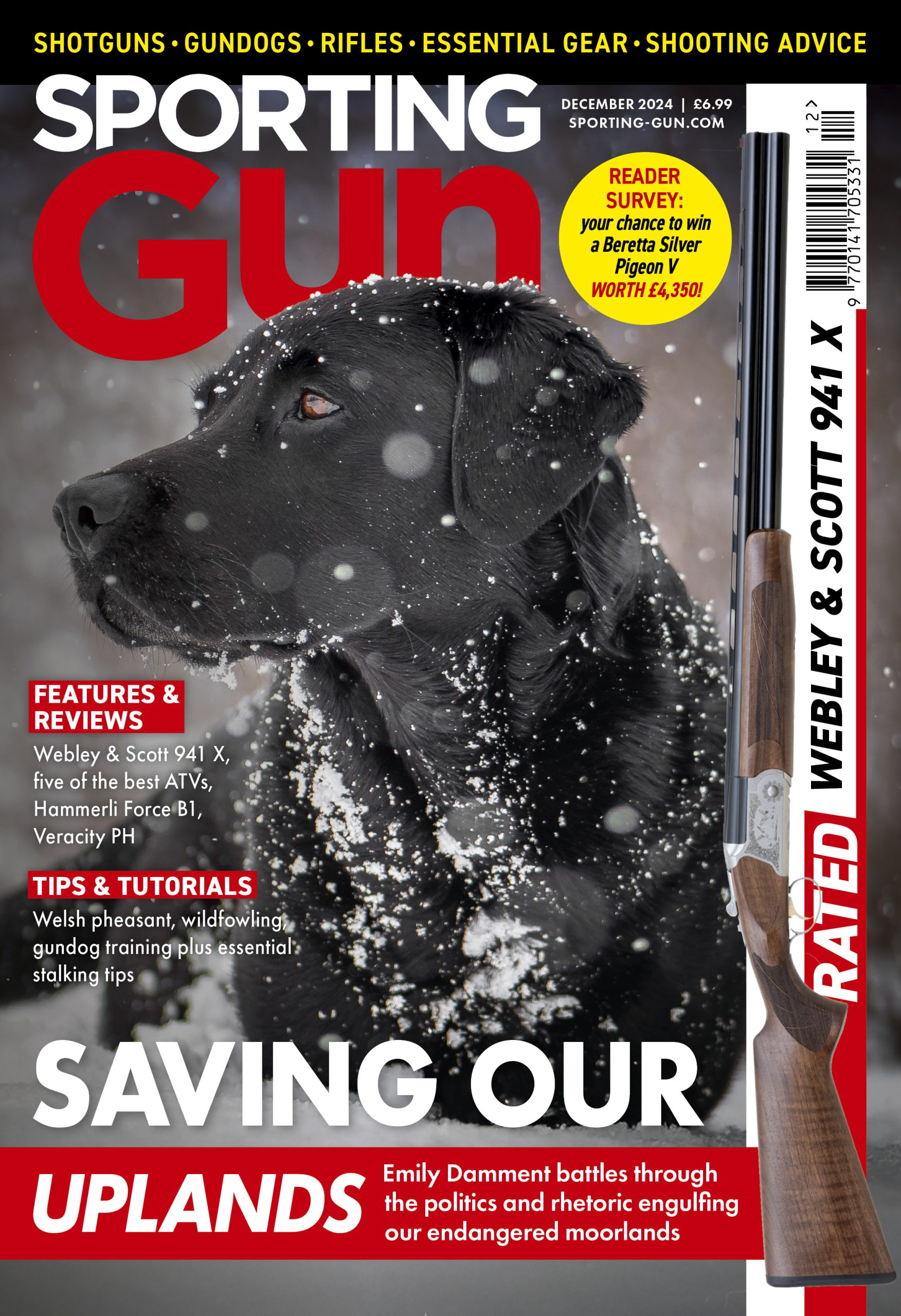
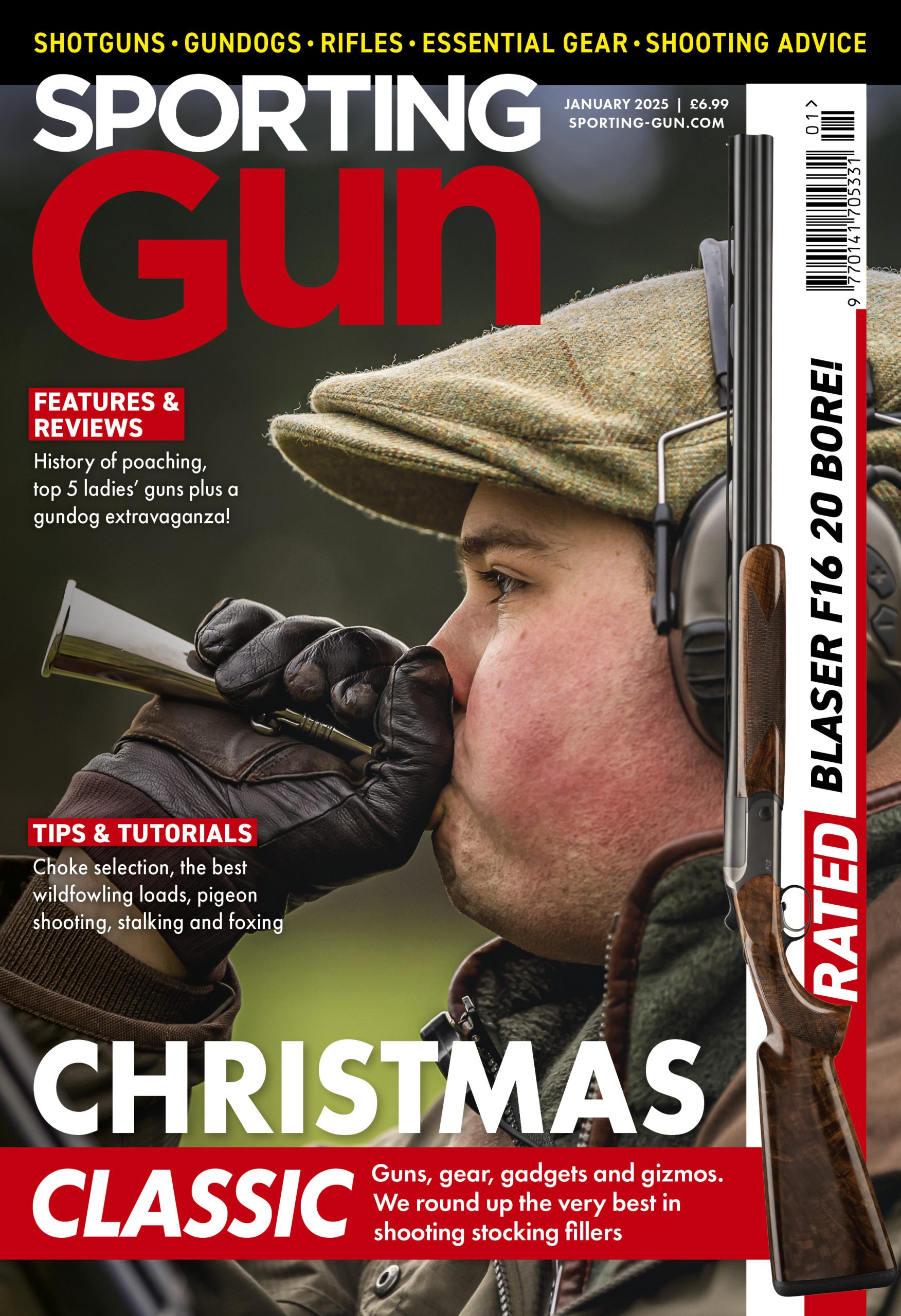
Manage Consent
To provide the best experiences, we use technologies like cookies to store and/or access device information. Consenting to these technologies will allow us to process data such as browsing behavior or unique IDs on this site. Not consenting or withdrawing consent, may adversely affect certain features and functions.
Functional Always active
The technical storage or access is strictly necessary for the legitimate purpose of enabling the use of a specific service explicitly requested by the subscriber or user, or for the sole purpose of carrying out the transmission of a communication over an electronic communications network.
Preferences
The technical storage or access is necessary for the legitimate purpose of storing preferences that are not requested by the subscriber or user.
Statistics
The technical storage or access that is used exclusively for statistical purposes.
The technical storage or access that is used exclusively for anonymous statistical purposes. Without a subpoena, voluntary compliance on the part of your Internet Service Provider, or additional records from a third party, information stored or retrieved for this purpose alone cannot usually be used to identify you.
Marketing
The technical storage or access is required to create user profiles to send advertising, or to track the user on a website or across several websites for similar marketing purposes.

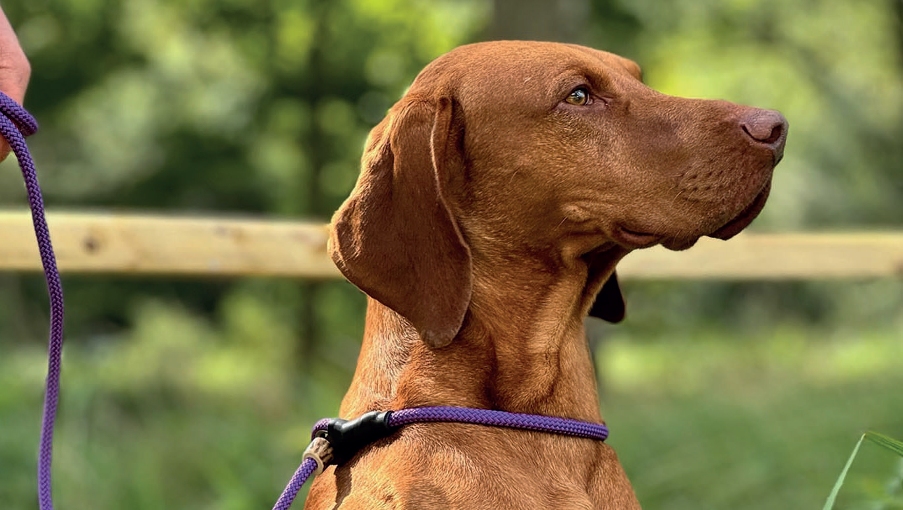

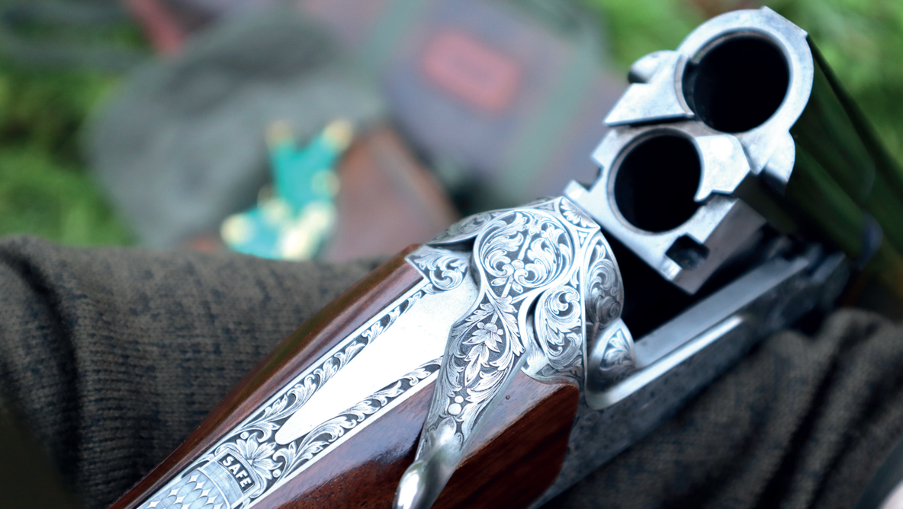
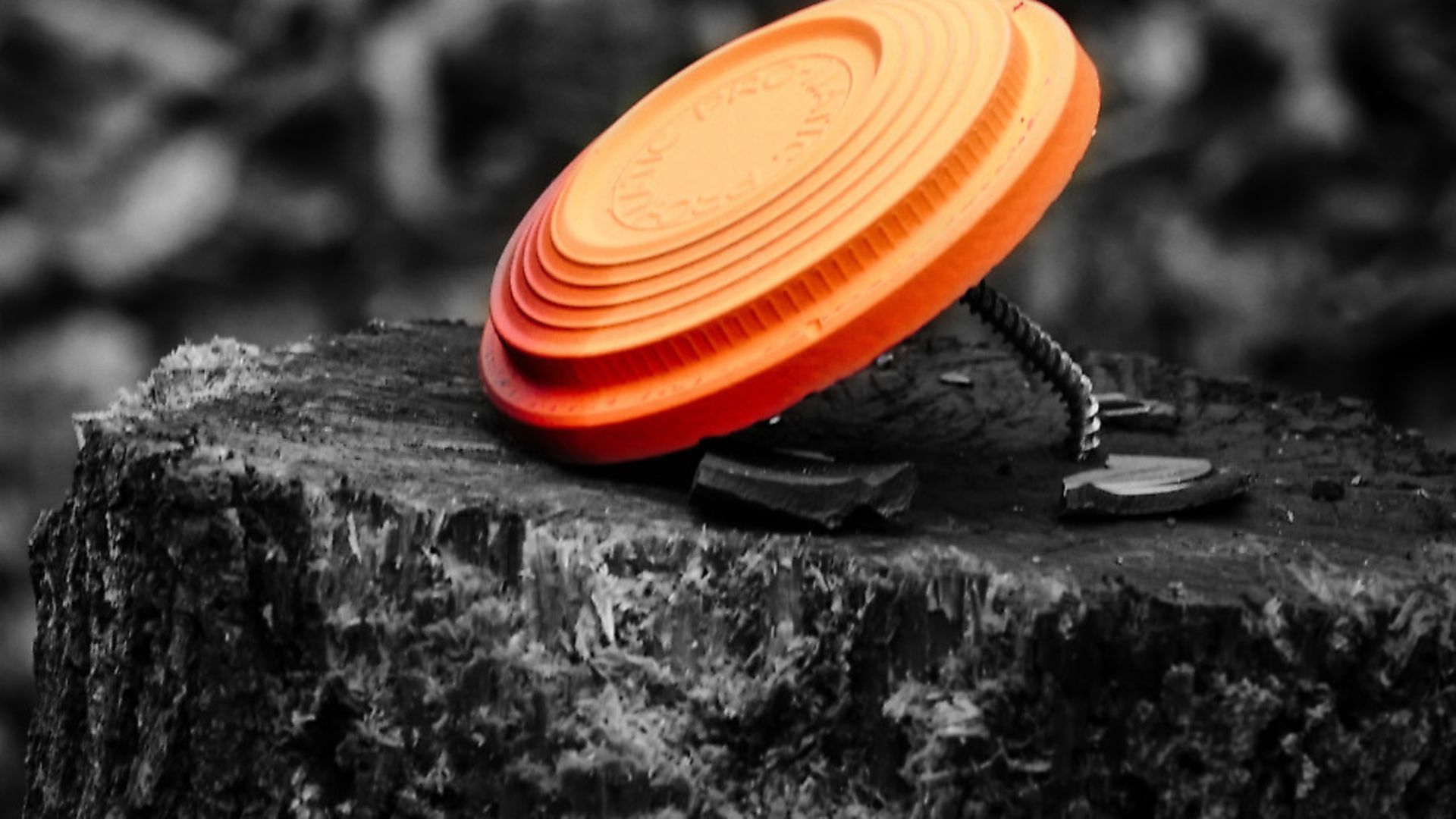
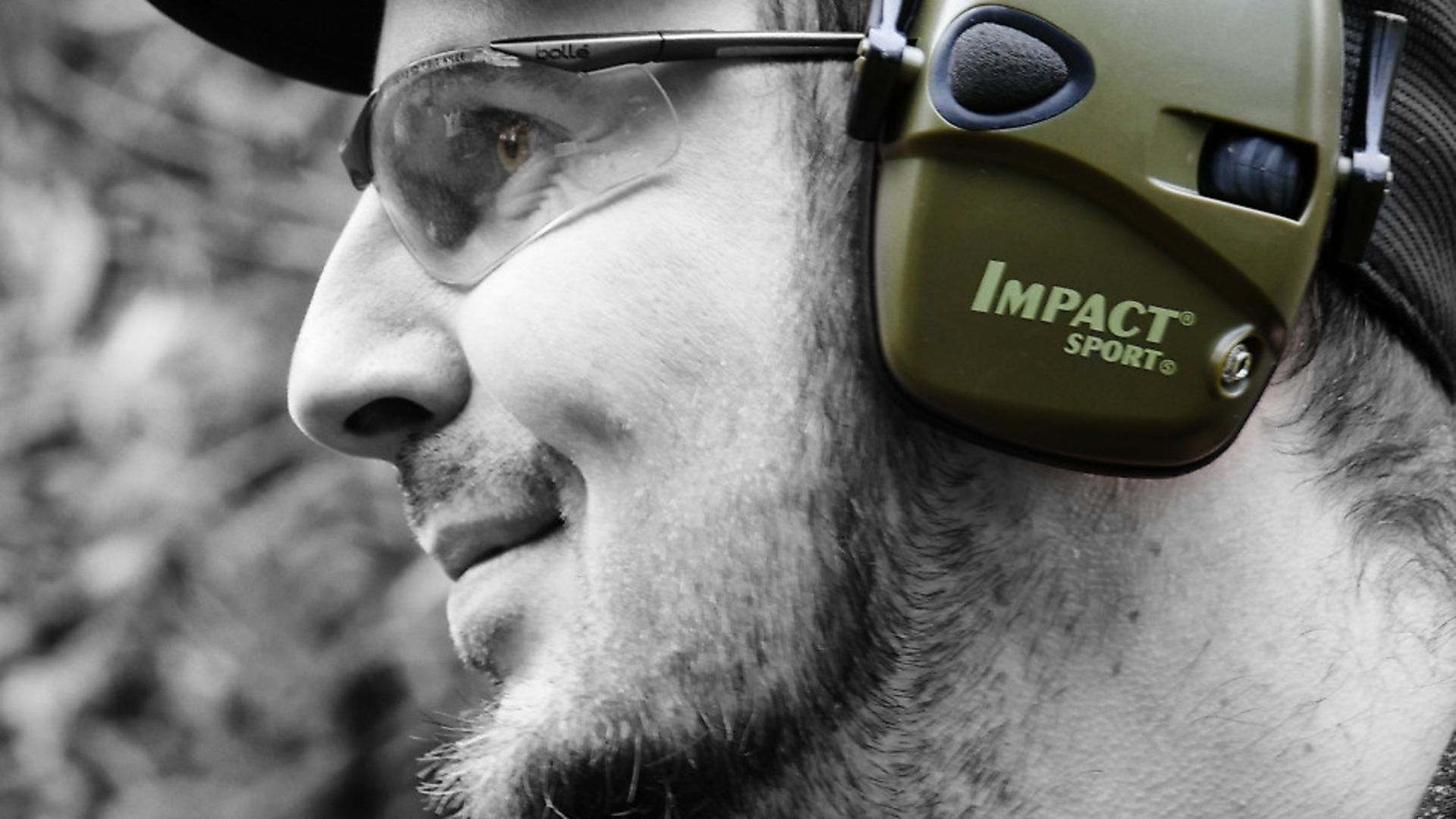
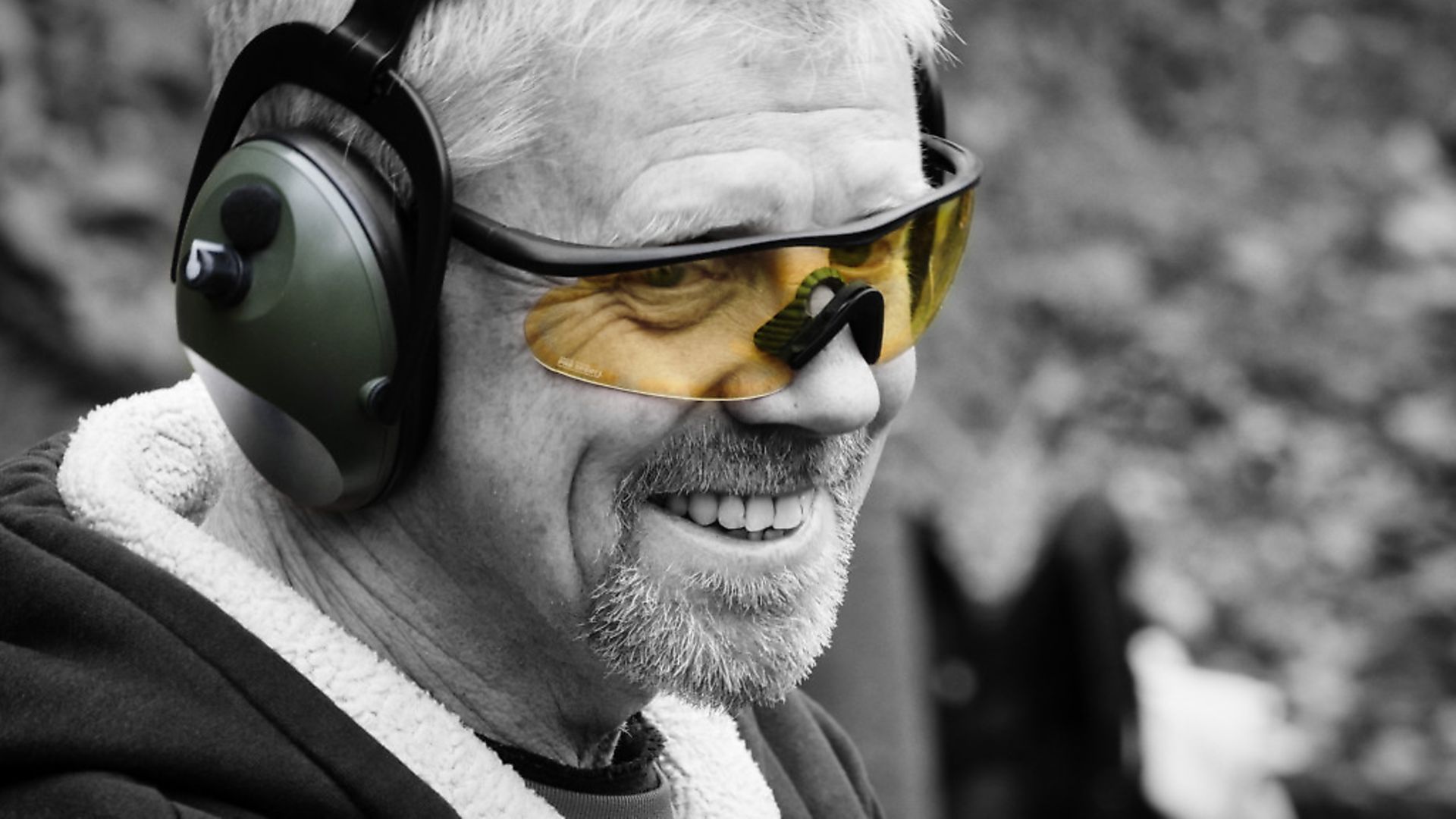

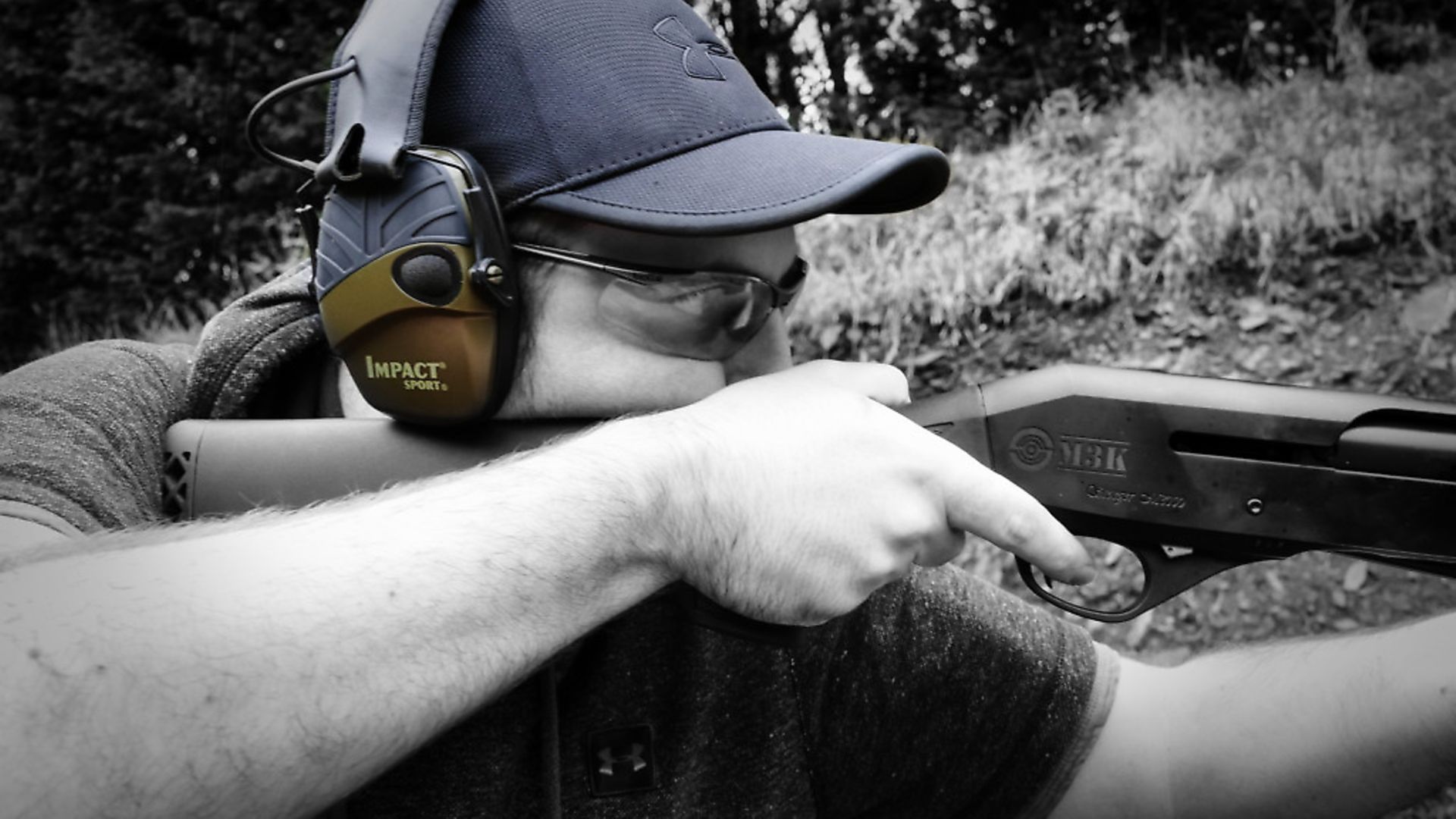

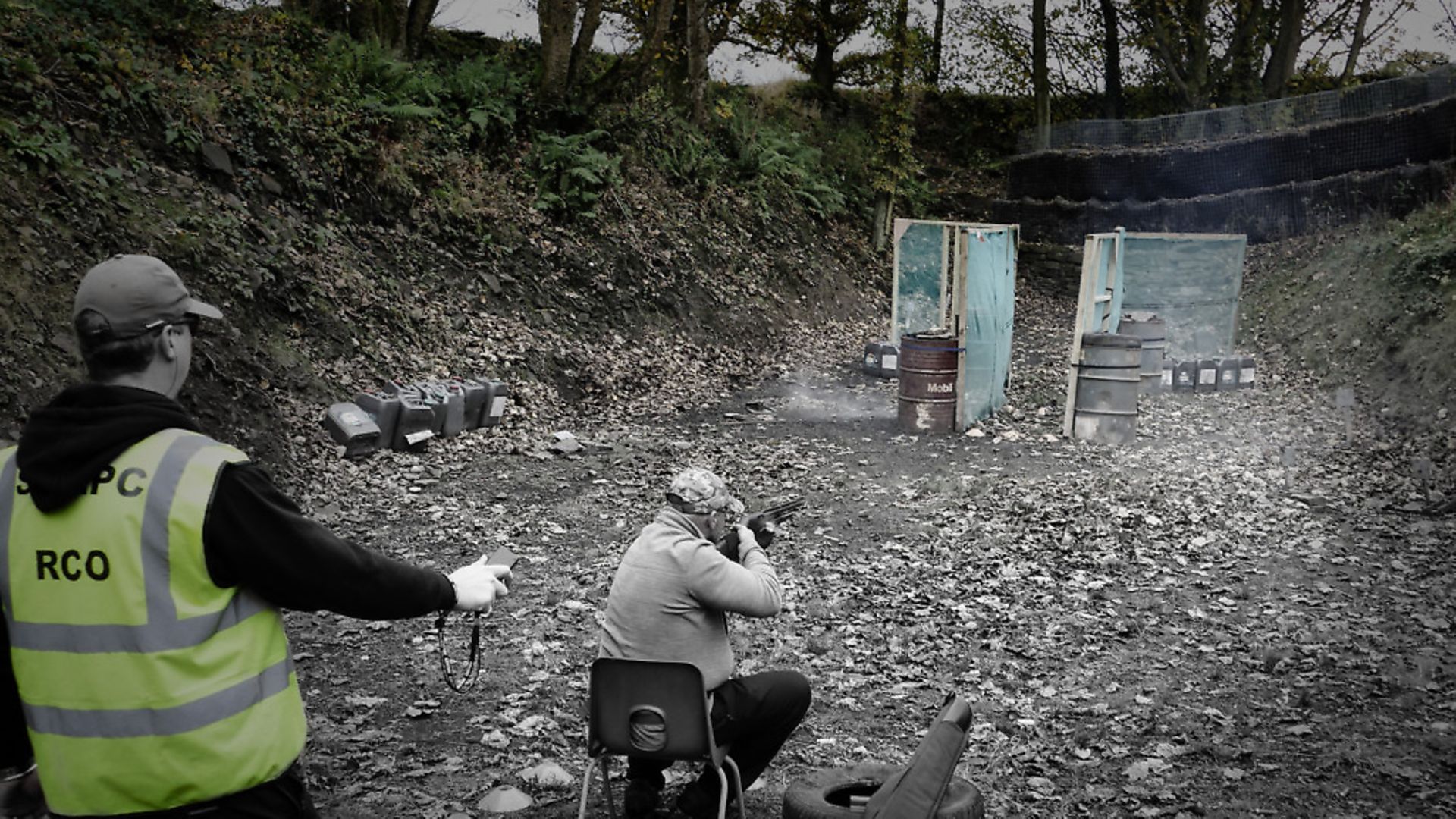
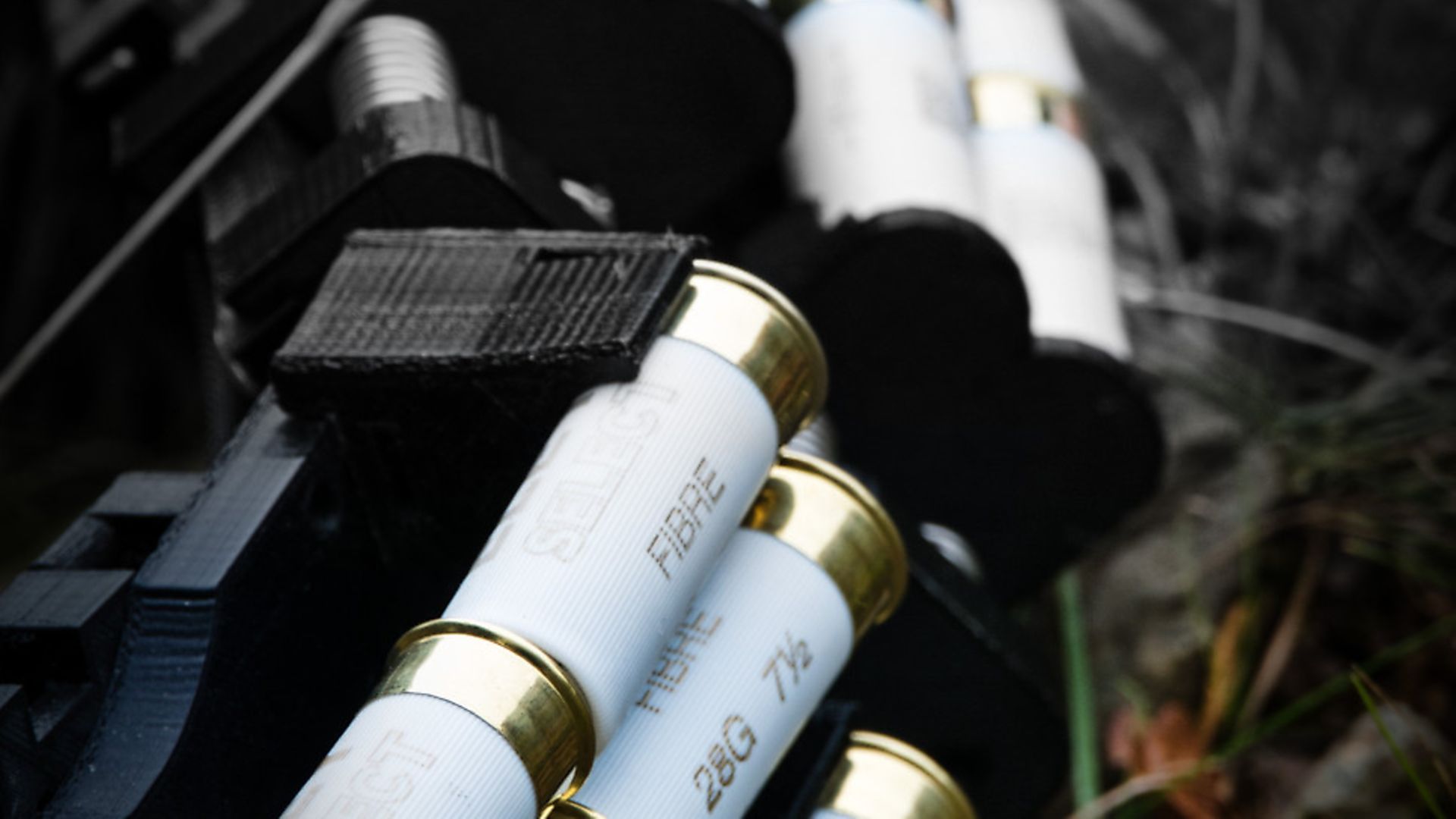
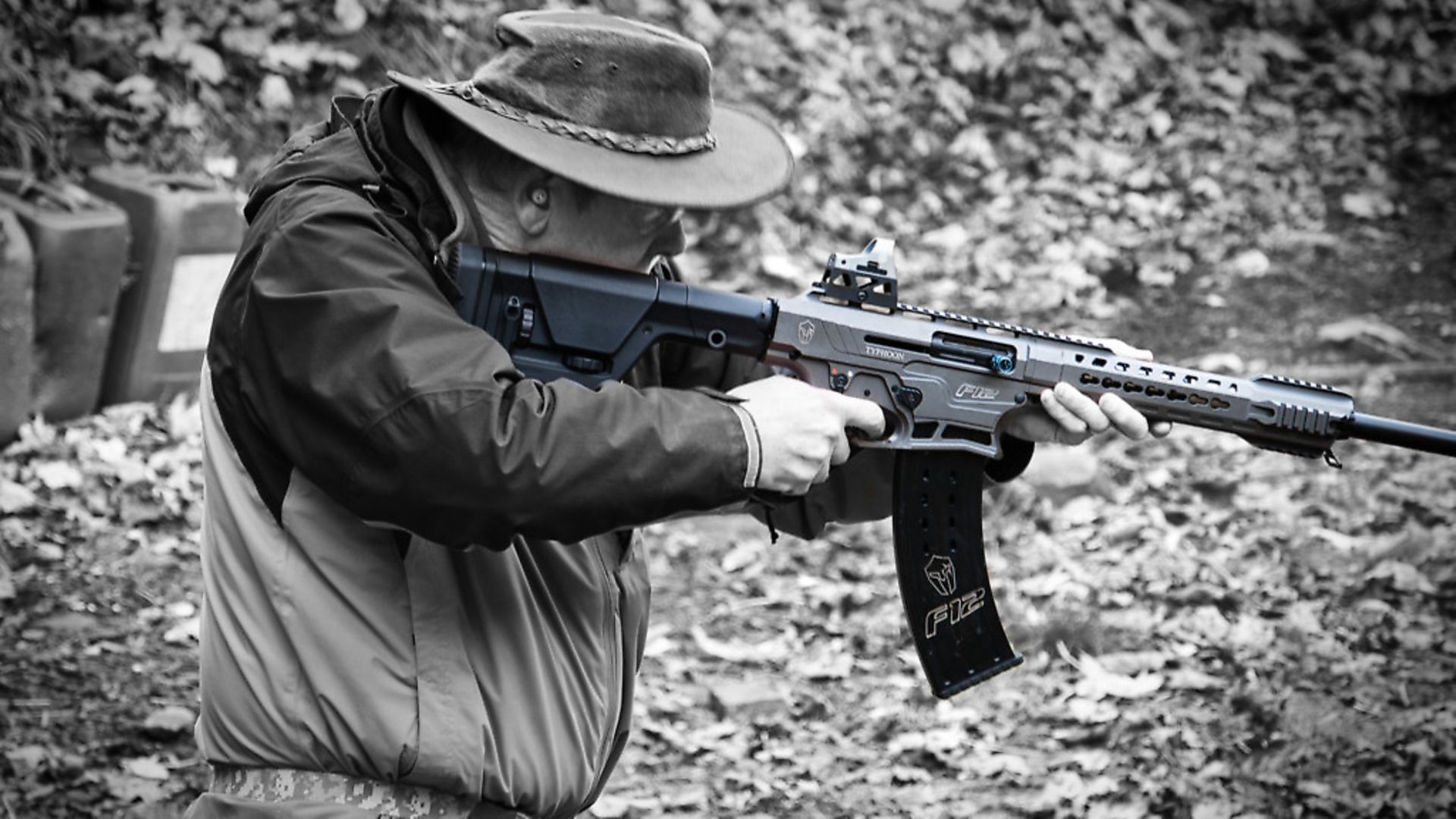
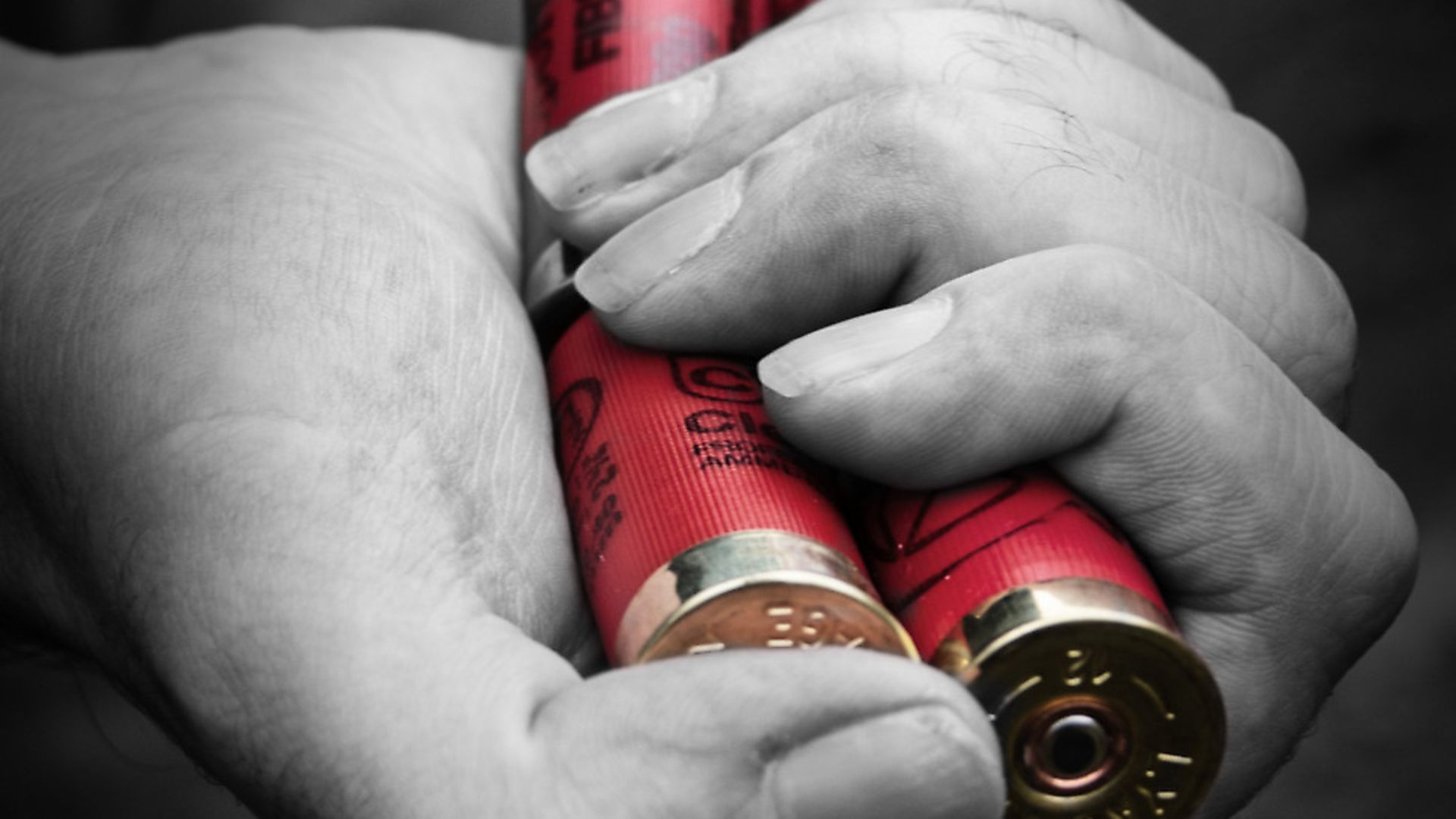
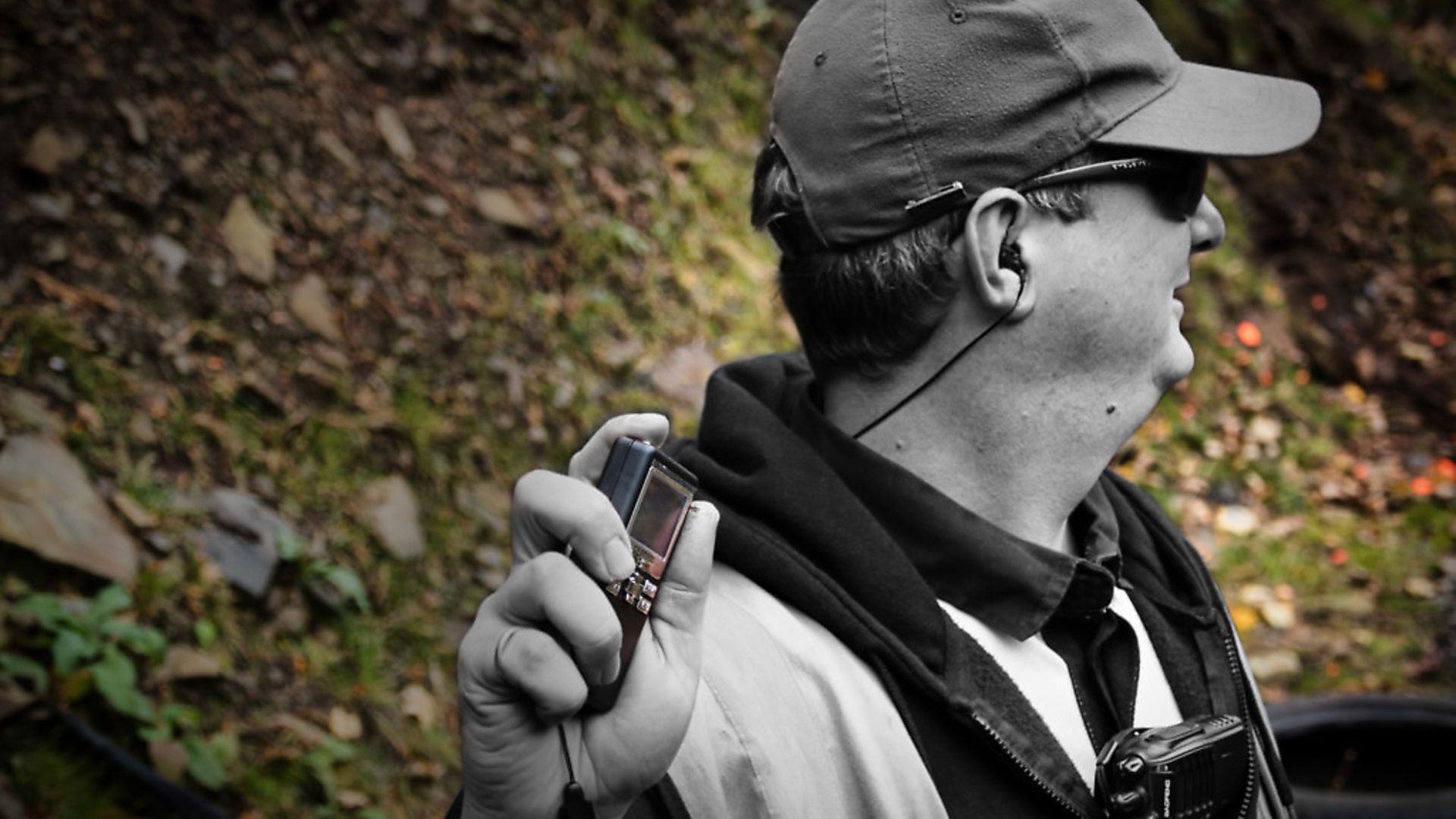
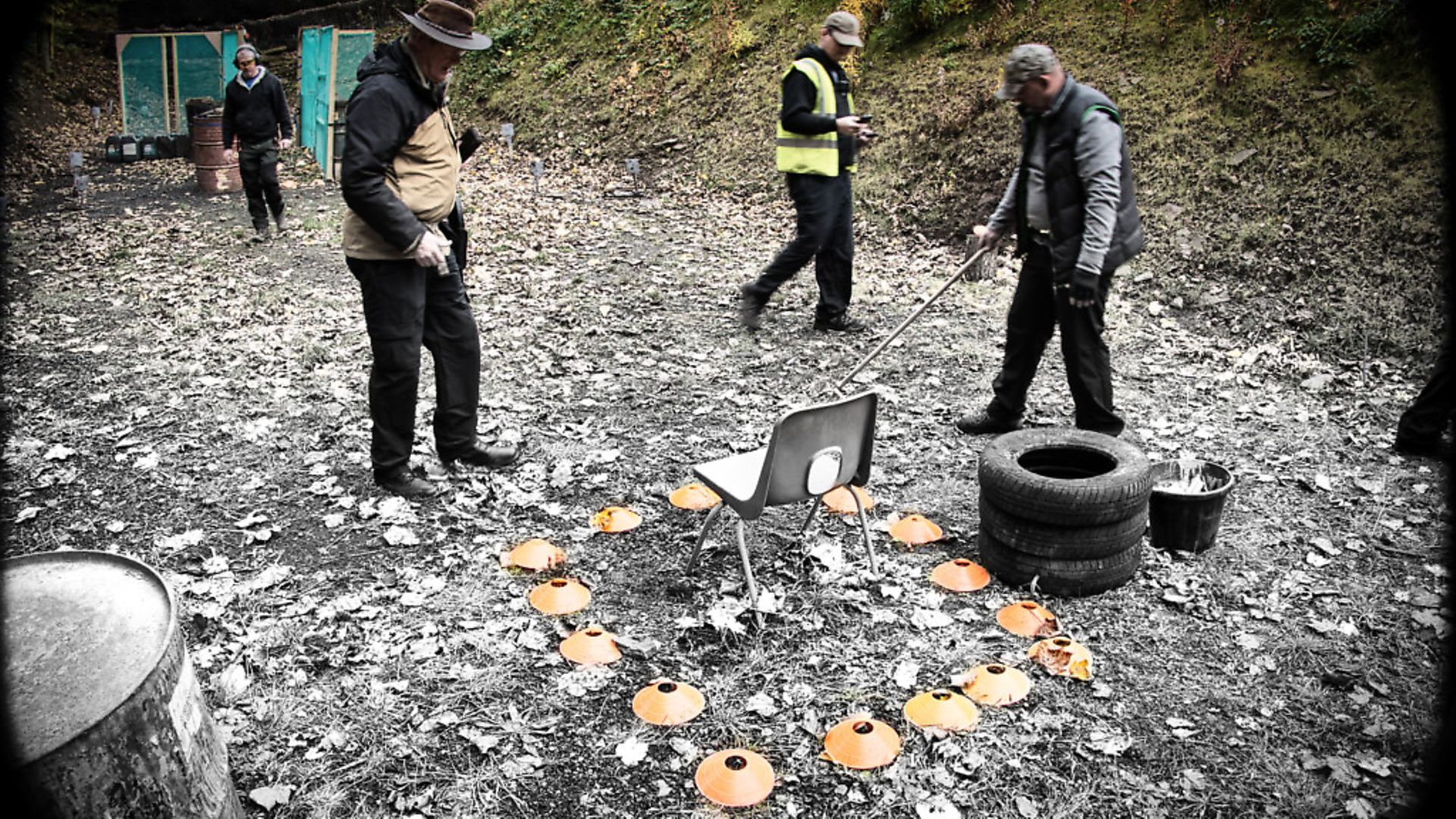
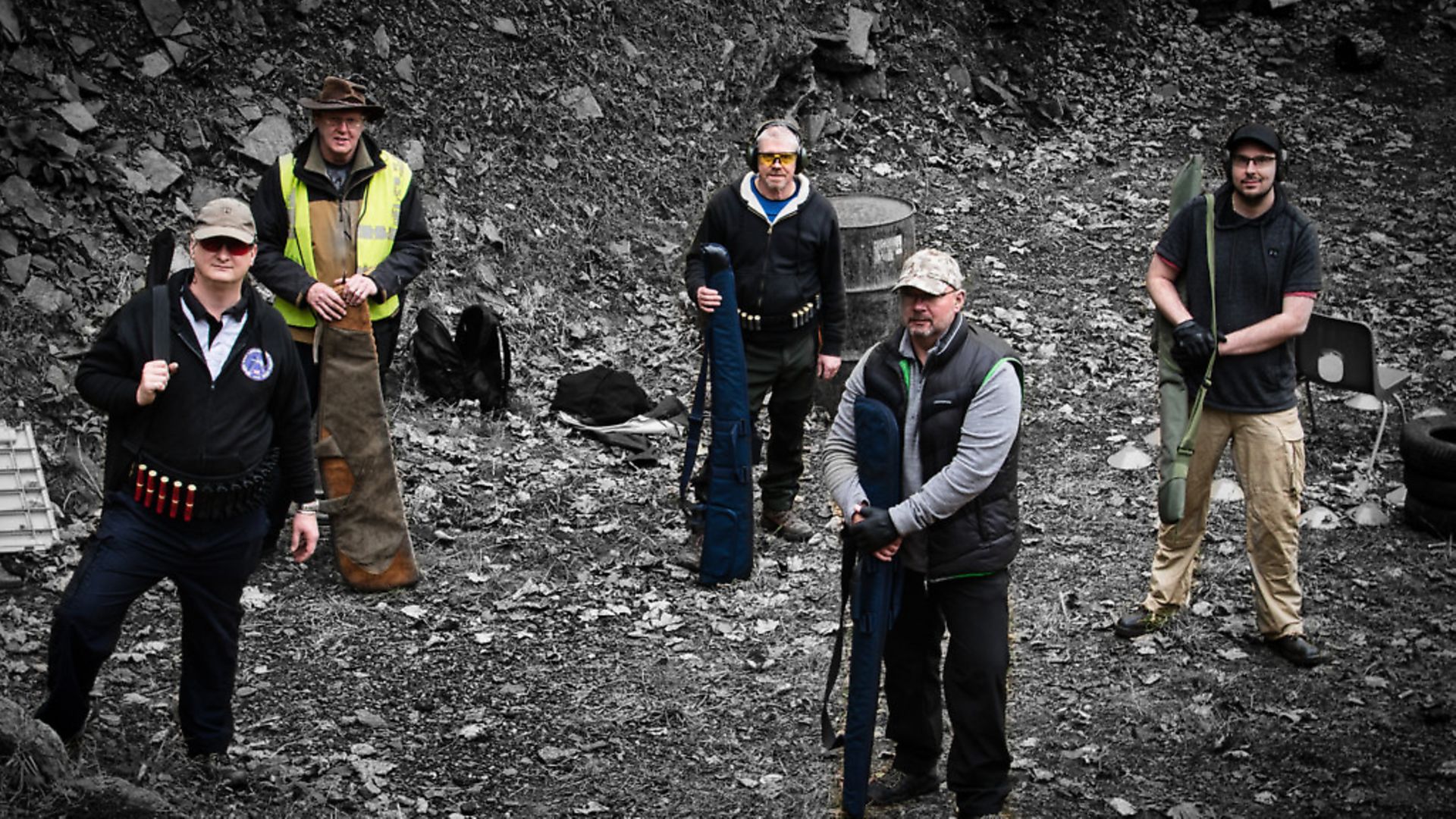
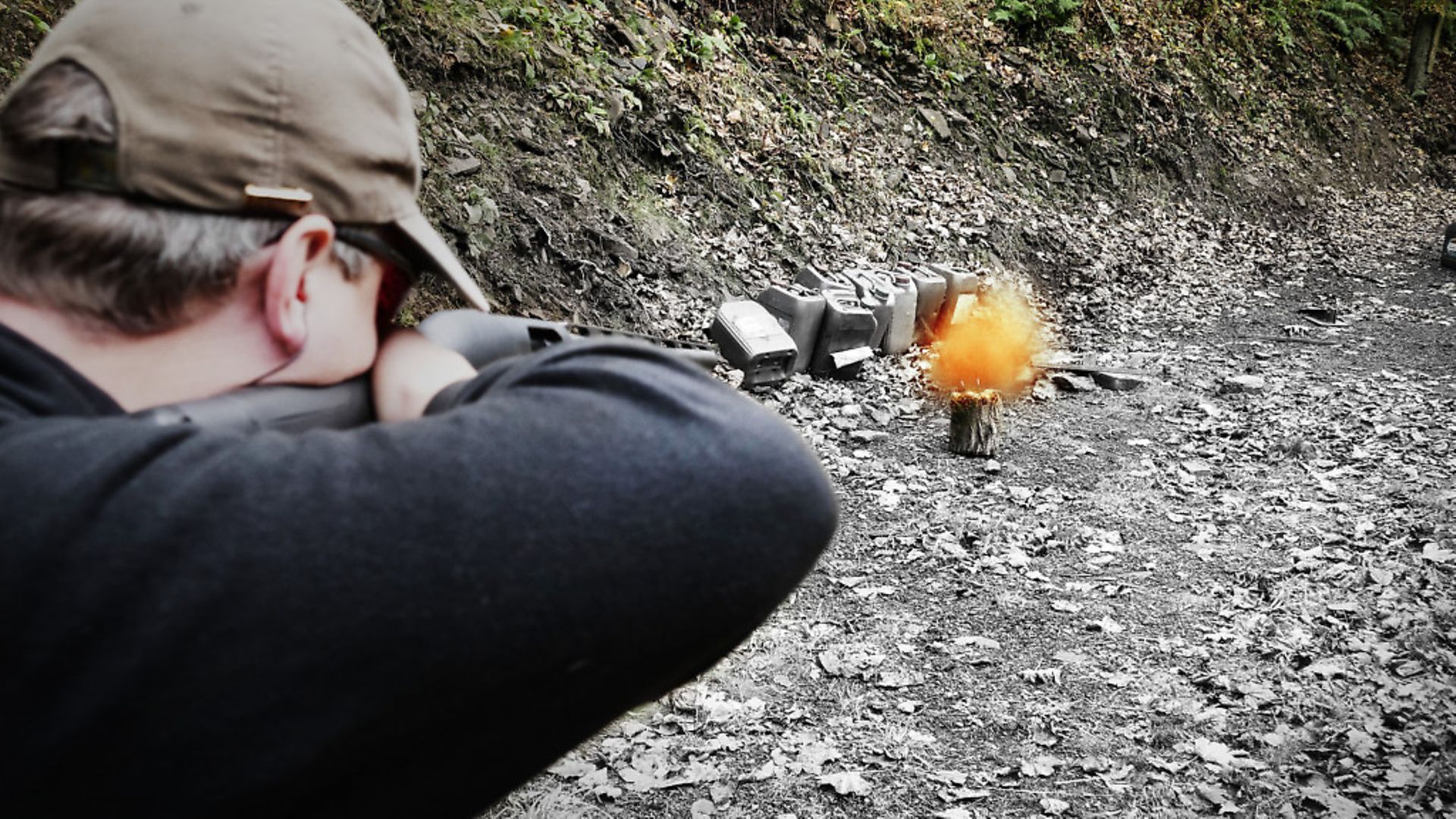
![[No caption - just plnk this somewhere on the layout please Trev]](/app/uploads/sites/6/2025/01/swlpclogo-52739175.jpg)
